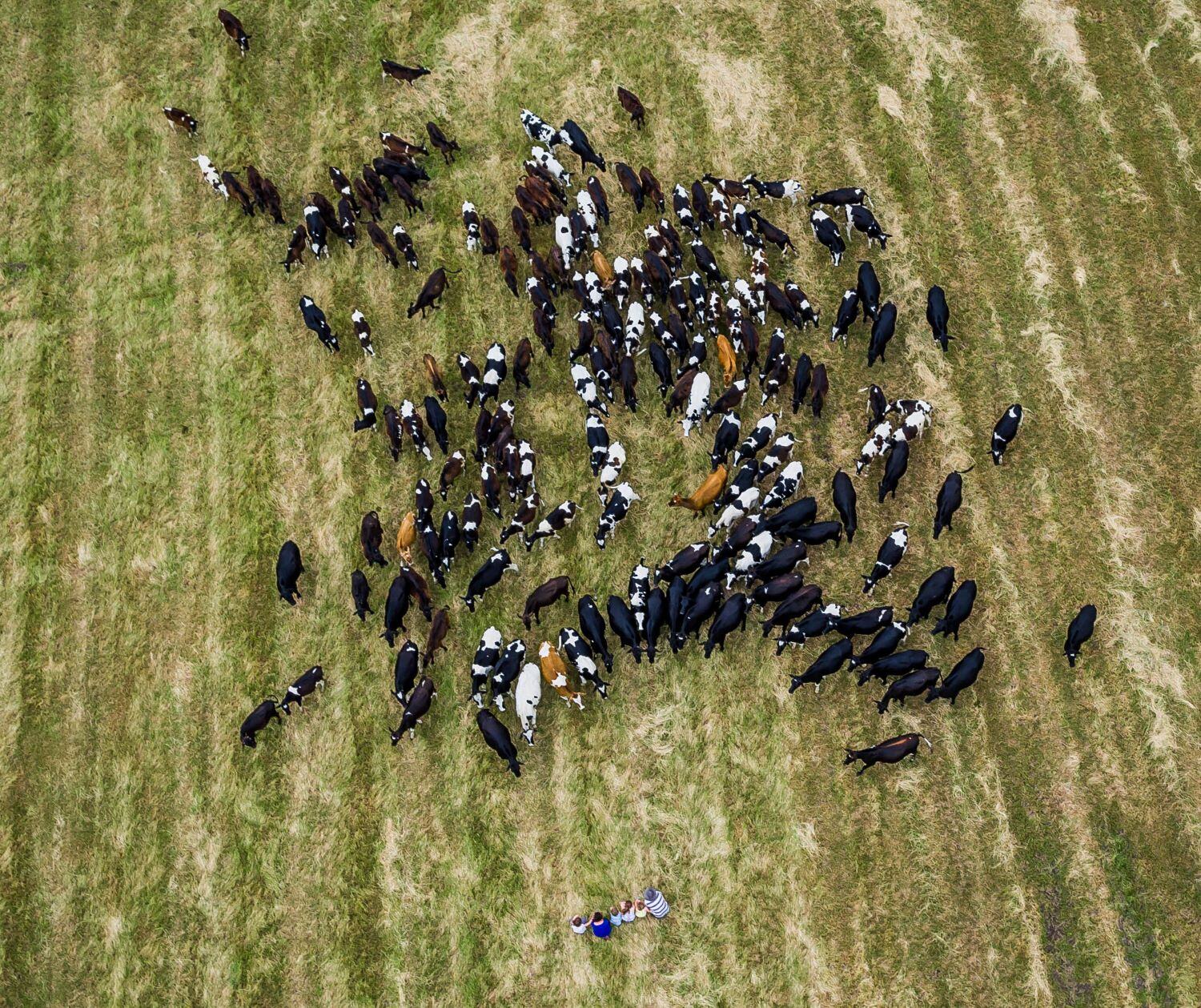Elders Yea Blue Ribbon Weaner Sale to proceed as planned with relocation to Leongatha
One of Victoria’s most anticipated summer cattle fixtures will be held more than 200km from home this year, with Elders Yea relocating its 39th...
2 min read
 Alex McLaughlin
:
Sep 12, 2024
Alex McLaughlin
:
Sep 12, 2024

The live export of dairy heifers, especially to China, has been highly profitable for Australian dairy farmers, providing valuable trade opportunities and strong cattle prices.
However, with China's demand for dairy heifers declining due to an oversupply of domestic milk, and concerns over Australia's live export policies, the future of this market appears uncertain, according to a new Rabobank report.
Report author, RaboResearch senior dairy analyst Michael Harvey, noted that from 2013 to 2023, China’s demand drove significant income diversification for both Australian and New Zealand dairy farms.
“The recent boom in Chinese import demand and subsequent high prices came on the back of a wide-ranging industry revitalisation strategy implemented by the Chinese government in 2018.
"This strategy very successfully fuelled farm expansion and herd building,” Mr Harvey said.
Trade had been cyclical over the past decade, with import volumes peaking in 2022 (at 233,00 head for Australia and New Zealand combined). But by 2024, trade volumes had slowed significantly.
“The growth journey of China’s milk supply – a key driver of increased heifer exports – is at a critical juncture. The industry is grappling with an oversupply of raw milk, leading to falling local milk prices and lower farm profitability,” he said.
The Rabobank report said moving forward, a recovery in Chinese heifer demand is possible. However, it will require a combination of improved milk prices, increased farm profitability, and further government policy to support farm expansion and herd rebuilding.
“For Australian dairy farm businesses engaged in the live dairy heifer export sector, this era of sluggish trade may require a reconsideration of breeding programs and strategic goals,” he said.
With China having consistently accounted for more than 80% of all heifer export numbers from Australia and New Zealand, the hunt may well be on for new and emerging market opportunities, the report says.
The Rabobank report said collectively, the Southeast Asian markets – including Singapore, Malaysia, Thailand, Indonesia, Vietnam, and the Philippines – are a large milk-deficit region, with self-sufficiency rates ranging from one per cent to 50%.
Based on RaboResearch modelling, the combined import deficit totalled more than 10 billion litres of liquid milk equivalent in 2023.
Mr Harvey said in recent times, “there has been a renewed focus on local herd expansion and milk supply growth – through private and public investment – across some Southeast Asian economies to specifically address supply chain and milk price risks.
“This initiative secures a small but steady flow of live dairy heifer exports into the region.”
The report noted the reduced demand from China for dairy heifers provides a more attractive opportunity for buyers in Southeast Asia, which might lead to an increase in trade moving forward.
However, Mr Harvey said as history shows, the Southeast Asian region cannot replace China in volume terms, with annual volumes never surpassing 25,000 cows.
The Rabobank report also highlights potential trade risks related to Australia's broader policy environment for live exports.
"There has been no change in the policy regarding the live export of dairy cattle, in May 2024,
the federal government announced that the export of live sheep by sea from Australia
will end on 1 May 2028.
"This development should be a significant consideration for those involved in the dairy sector trade," Mr Harvey said.
.png)
One of Victoria’s most anticipated summer cattle fixtures will be held more than 200km from home this year, with Elders Yea relocating its 39th...
.png)
The charred and tangled frame of a historic warehouse is a symbol of all that is lost in a disaster.

Stay up to date with the latest livestock trends AuctionsPlus brings you the latest insights from Australia’s livestock markets, direct to the...